
Benefits of Soundproof Partitions for Office Spaces
January 4, 2024
A Step-by-Step Guide: Removing a Partition Wall
February 28, 2024Partition Walls for Homes: Functionality and Space Utilization
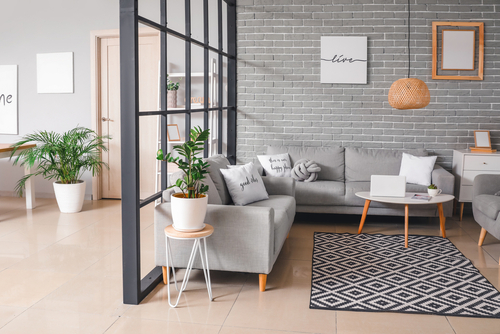
Partition Walls for Homes Functionality and Space Utilization
Partition Walls for Homes: Functionality and Space Utilization. In the realm of residential design, the concept of space utilization has evolved significantly over the years.
One of the key elements contributing to this evolution is the partition wall. These versatile structures have become indispensable in modern homes, offering innovative solutions to maximize space, enhance privacy, and elevate interior aesthetics.
In this comprehensive guide, we delve into the world of partition walls for homes, exploring their significance, types, design considerations, and maintenance while also addressing common concerns and questions.
Partition walls hold a pivotal role in residential design. They serve as dynamic dividers that transform open spaces into functional, well-defined areas.
Whether it’s creating private bedrooms in open lofts, separating kitchen and dining zones, or establishing home office sanctuaries, partition walls have the power to reconfigure living spaces to suit homeowners’ evolving needs.
One of the remarkable attributes of partition walls is their adaptability. They offer homeowners the flexibility to transform spaces according to their lifestyle preferences.
In open-concept living, partition walls define areas without sacrificing the sense of openness, making them invaluable additions to modern homes.
Table of Contents
Types of Partition Walls
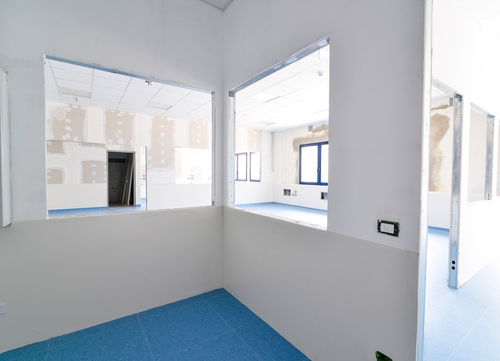
Permanent vs. Temporary Partition Walls
Partition walls can be categorized into two primary types: permanent and temporary. Each type serves distinct purposes and offers unique advantages:
- Permanent Partition Walls: These walls are structurally integral to the building and are not meant to be easily moved or removed. They provide stability and privacy to defined spaces.
- Temporary Partition Walls: Temporary walls, on the other hand, are flexible and can be repositioned or removed as needed. They offer the benefit of adaptability, making them ideal for homes with changing layouts.
Partition Wall Materials and Their Characteristics
Partition walls are constructed using various materials, each with its own set of characteristics and aesthetic qualities. Common partition wall materials include:
- Drywall: Drywall is a popular choice due to its cost-effectiveness and ease of installation. It can be painted or finished to match the overall interior design.
- Glass: Glass partition walls introduce transparency and a sense of spaciousness. They are often used in modern homes to maintain an open feel while creating divisions.
- Wood: Wooden partition walls add warmth and a natural touch to interiors. They are known for their aesthetic appeal and can be customized with various finishes.
- Metal: Metal partition walls offer a contemporary and industrial look. They are durable and can be used to create modern design statements.
Functional Benefits of Partition Walls

One of the primary functions of partition walls is to maximize space utilization.
In homes with limited square footage, these walls are invaluable in creating separate zones for various activities. They allow homeowners to make the most of available space.
Open-concept living spaces have gained popularity for their sense of spaciousness and flow. However, they may lack privacy when needed.
Partition walls provide the perfect solution, allowing homeowners to create private areas within an open layout without compromising the overall design.
Design Considerations
While partition walls are functional, they also contribute to the overall aesthetics of a home.
Design considerations such as color, texture, and finish play a crucial role in ensuring that partition walls blend seamlessly with the interior design.
The choice of partition wall materials and finishes should align with the design theme and functional requirements of the space.
For example, glass walls maintain transparency, while wooden walls add warmth and texture.
Room Dividers: Open and Spacious
Open-concept living has become a hallmark of modern homes. It promotes a sense of spaciousness, encourages social interaction, and allows for flexible furniture arrangements. However, it may lack defined areas for specific activities.
Room dividers, often in the form of partition walls, offer a solution to the challenges posed by open-concept living.
They can create distinct areas for dining, lounging, and working while maintaining the open feel of the space.
Bedroom Partition Walls
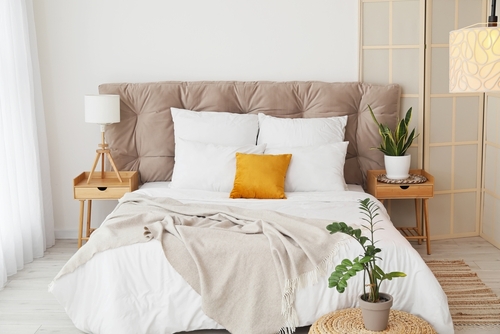
In loft-style homes or studio apartments, partition walls are instrumental in creating private sleeping areas.
They offer a sense of separation from the rest of the living space, ensuring a tranquil sleeping environment.
The design of bedroom partition walls can vary widely, from minimalist glass partitions to elegant wooden dividers. Homeowners have the freedom to choose designs that align with their bedroom aesthetics.
Kitchen and Dining Zones
In homes with combined kitchen and dining areas, partition walls can help separate these zones. This separation can be particularly useful during meal preparation or when hosting guests.
Partition walls in kitchen and dining areas can be both functional and stylish. Incorporating shelving, decorative screens, or unique materials can enhance the overall design.
Home Office and Study Areas
The rise of remote work has increased the demand for home office spaces. Partition walls create dedicated home offices or study areas that foster concentration and productivity.
Home office partition walls offer practicality and privacy. They can be equipped with soundproofing materials to minimize distractions and create a conducive work environment.
Partition Walls in Small Homes
Partition walls are particularly beneficial in small homes where space optimization is critical. They allow homeowners to create functional zones without the need for additional square footage.
Multi-functional partition walls are innovative solutions for small homes. These walls can serve as storage units, display areas, or even foldable beds, maximizing the utility of limited space.
DIY Partition Wall Installation
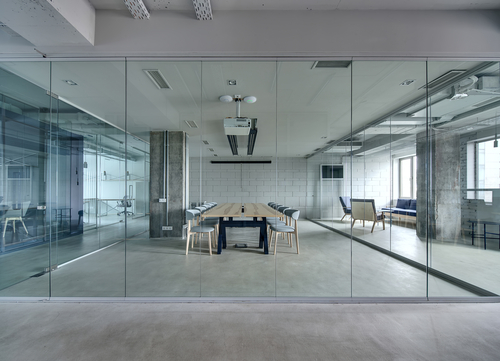
For homeowners inclined towards DIY projects, installing partition walls is a feasible endeavor. Here’s a step-by-step guide to DIY partition wall installation:
- Planning: Measure and plan the location and size of the partition wall.
- Material Selection: Choose the appropriate partition wall material and gather the necessary tools.
- Frame Construction: Build the frame of the partition wall, ensuring it is level and secure.
- Installation: Attach the chosen material to the frame, whether it’s drywall, glass, wood, or metal.
- Finishing: Finish the partition wall with paint, stain, or other desired finishes.
- Final Touches: Add any additional elements such as shelves or decorative features.
Necessary Tools and Safety Precautions
When embarking on a DIY partition wall installation, it’s essential to have the right tools and prioritize safety:
- Tools: Typical tools required include a saw, drill, level, measuring tape, screws, and safety gear.
- Safety Precautions: Use safety glasses, gloves, and ear protection when using power tools. Follow safety guidelines for working with specific materials.
Professional Installation Services
While DIY installation is an option, there are scenarios where professional installation services are advisable:
- Complex Projects: Projects involving structural changes or extensive alterations may require professional expertise.
- Safety Concerns: If safety is a significant concern due to structural elements, it’s best to consult professionals.
- Custom Designs: For intricate or custom-designed partition walls, professionals can ensure precision and quality.
Maintenance and Care of Partition Walls
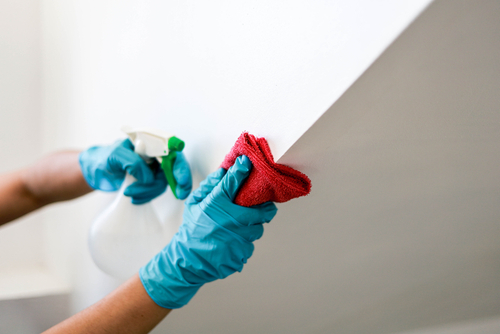
Maintaining partition walls is essential to preserve their functionality and aesthetics. Here are some cleaning and maintenance tips:
- Regular Dusting: Dust partition walls regularly to prevent the accumulation of dirt and allergens.
- Cleaning Products: Use appropriate cleaning products based on the material of the partition wall.
- Avoid Harsh Chemicals: Avoid using harsh chemicals or abrasive cleaning agents that could damage the surface.
- Proper Techniques: Use soft cloths and gentle motions to prevent scratches or dents, especially on delicate surfaces like glass or wood.
Inspect partition walls for signs of wear and tear regularly. Address any damaged or worn components promptly to ensure the longevity of the walls. Fixtures and accessories such as door handles, locks, and latches should also be maintained.
Budgeting for Partition Walls
Estimating Costs for Materials and Installation
When considering partition walls, it’s essential to budget for both materials and installation costs. The budget should encompass:
- Materials: The cost of the chosen partition wall material, finish, and any additional elements.
- Installation: If opting for professional installation, include installation fees in the budget.
Balancing Aesthetics with Budgetary Constraints
Budgetary constraints may influence the choice of partition wall material and design. However, homeowners can strike a balance between aesthetics and budget by exploring cost-effective yet visually appealing options.
Partition Walls and Home Resale Value
Partition walls can have a positive impact on home resale value. They enhance the functionality of spaces and cater to the diverse needs of potential buyers.
Well-designed partition walls that align with the overall interior design can be attractive features for potential buyers. They showcase the versatility and adaptability of the living spaces.
Common Concerns and Questions
Can partition walls be removed or modified easily?
Yes, many partition walls, especially temporary ones, can be removed or modified relatively easily. However, the ease of removal depends on the construction and attachment method of the partition wall.
Are there soundproofing options for partition walls?
Yes, soundproofing options can be incorporated into partition walls to minimize sound transmission between spaces. These options may include acoustic materials and construction techniques.
What are the creative uses of partition walls beyond division?
Partition walls offer creative opportunities beyond division. They can be utilized as art displays, storage solutions, or even into built-in furniture design.
Partition Walls for Homes: Functionality and Space Utilization – Conclusion
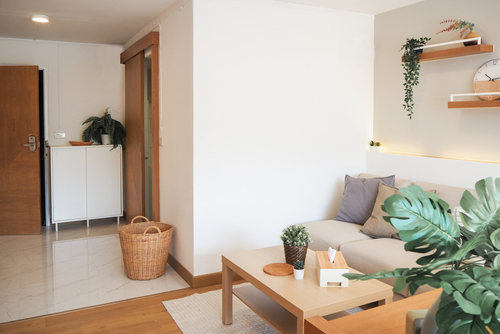
By understanding the types of partition walls, considering design aspects, and exploring various applications, homeowners can harness the full potential of these architectural elements.
Whether it’s defining spaces in open-concept living, creating private bedrooms, separating kitchen and dining zones, or establishing home offices, partition walls offer endless possibilities for enhancing home functionality and style.
As homeowners continue exploring versatile design solutions, partition walls remain at the forefront of innovation, contributing to creating functional, stylish, and adaptable homes.
Embracing the potential of partition walls is a step toward elevating home functionality and style, enriching the living experience for residents, and inspiring creative design solutions for modern living spaces.
Are you looking for a professional and reliable partition contractor in Singapore? Contact us today!




